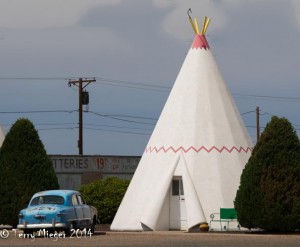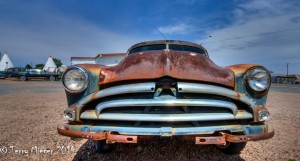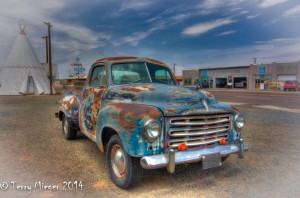Images from the Id – The Truth about Panoramas or Where in the hell do I find a frame for this?
Every one knows what a panorama is, right? And for fall – WOW! Well, digital photography has changed this as much as everything else. The iPhone and other smart phone have their way of doing it, while actually pretty cool. There is a little Microsoft (yuk; another story) call Photosynth which I actually like – it works! I have been using it for a while it makes panoramas on the iPhone, and I assume other smart phones, easy. Now ISO 8 has a built in panorama function, it may have been there before but I never looked for it. It does a pano in a continuous movement of the “camera” Pretty cool. If you want a bigger image for any one of a million reasons it’s time to learn how to get a good one with a camera. There are many ways to do this. You could just crop an image. Results could be good with a high pixel camera but it isn’t really a pano because the field of view is narrow depending on the lens and with a wide angle lens there goes the quality. Some cameras do it in camera but that is limited to jpegs and by now you should be shooting raw, except for sports and weddings. So what’s next?
Put your camera on a tripod. Hand holding will work but tales a lot more practice and you get a lot of unusable junk. Level the tripod, most have built-in levels. Usually you want a level horizontal pan. Vertical pans come with more experience. Stand in one spot and don’t change the focal length (Don’t ZOOM!). Take a series of images across the scene over lapping 1/3 to get the software some the to work with. Once you have the images get them into Photoshop or Photoshop Elements as layers. I do this easily with Lightroom and “edit in Photomerge in Photoshop”. This is easy but search the web for more specific directs on how you are going to do it. There are also many third party pano merging software. One little extra trick is to take the pano series vertically, really nice. A little more advanced try merging HDR images.
Next week the art show.
Some panoramas of Rocky Mountain National Park

Image #1 This is a typical series of horizontal images. 5 as I remember. Very long and narrow. Each shot at 1/20 sec, f/16, 95 mm, ISO 200,19960 X 4055 pixels
Image #2 This is a pano taken with the camera vertical. Probably about 6 shots. 1/30 sec, f/22, 46 mm, ISO 200, 7331 X3852 pixels
Image # 3 This is a pano using 3 HDR braces for each of 5 vertical images total of 15 images. 46 mm, ISO 200, f /22, 7331 X 3858 pixels.






